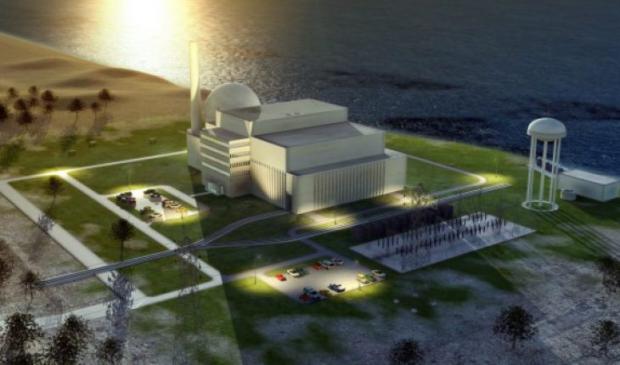
Breaking News
DRINK 1 CUP Before Bed for a Smaller Waist
 Nano-magnets may defeat bone cancer and help you heal
Nano-magnets may defeat bone cancer and help you heal
 Dan Bongino Officially Leaves FBI After One-Year Tenure, Says Time at the Bureau Was...
Dan Bongino Officially Leaves FBI After One-Year Tenure, Says Time at the Bureau Was...
 WATCH: Maduro Speaks as He's Perp Walked Through DEA Headquarters in New York
WATCH: Maduro Speaks as He's Perp Walked Through DEA Headquarters in New York
Top Tech News
 Laser weapons go mobile on US Army small vehicles
Laser weapons go mobile on US Army small vehicles
 EngineAI T800: Born to Disrupt! #EngineAI #robotics #newtechnology #newproduct
EngineAI T800: Born to Disrupt! #EngineAI #robotics #newtechnology #newproduct
 This Silicon Anode Breakthrough Could Mark A Turning Point For EV Batteries [Update]
This Silicon Anode Breakthrough Could Mark A Turning Point For EV Batteries [Update]
 Travel gadget promises to dry and iron your clothes – totally hands-free
Travel gadget promises to dry and iron your clothes – totally hands-free
 Perfect Aircrete, Kitchen Ingredients.
Perfect Aircrete, Kitchen Ingredients.
 Futuristic pixel-raising display lets you feel what's onscreen
Futuristic pixel-raising display lets you feel what's onscreen
 Cutting-Edge Facility Generates Pure Water and Hydrogen Fuel from Seawater for Mere Pennies
Cutting-Edge Facility Generates Pure Water and Hydrogen Fuel from Seawater for Mere Pennies
 This tiny dev board is packed with features for ambitious makers
This tiny dev board is packed with features for ambitious makers
 Scientists Discover Gel to Regrow Tooth Enamel
Scientists Discover Gel to Regrow Tooth Enamel
 Vitamin C and Dandelion Root Killing Cancer Cells -- as Former CDC Director Calls for COVID-19...
Vitamin C and Dandelion Root Killing Cancer Cells -- as Former CDC Director Calls for COVID-19...
Funding for thorium molten salt and other advanced nuclear reactors

Flibe Energy has teamed with Pacific Northwest National Laboratory to examine the use of nitrogen trifluoride as an agent to remove uranium from a molten-salt fuel mixture as a preliminary step for the removal of fission products. They will look at fluorination of Lithium Fluoride-Beryllium Fluoride. The US Department of energy will provide $2,101,982 of funding. There is $525,500 of non-DOE funding.
Flibe Energy has taken the 1960's Oak Ridge molten salt reactor work and enhanced the design into the liquid-fluoride thorium reactor (LFTR). LFTR is a molten-salt reactor design that can utilize thorium more effectively and efficiently than ever before. Thorium becomes Earth's most abundant stored energy resource when used in the LFTR.
The salts used in the LFTR are combinations of lithium fluoride and beryllium fluoride (LiF-BeF2) salts often called "F-Li-Be." Unlike current materials used in nuclear reactors, liquid FLiBe is impervious to radiation damage and incredibly chemically stable. FLiBe can hold enormous amounts of thermal energy safely and at low pressures yet at high temperatures, helping FliBe Energy finally realize the dream of a compact, affordable power system that can be mass-produced to meet the world's needs for power and other essential materials.



